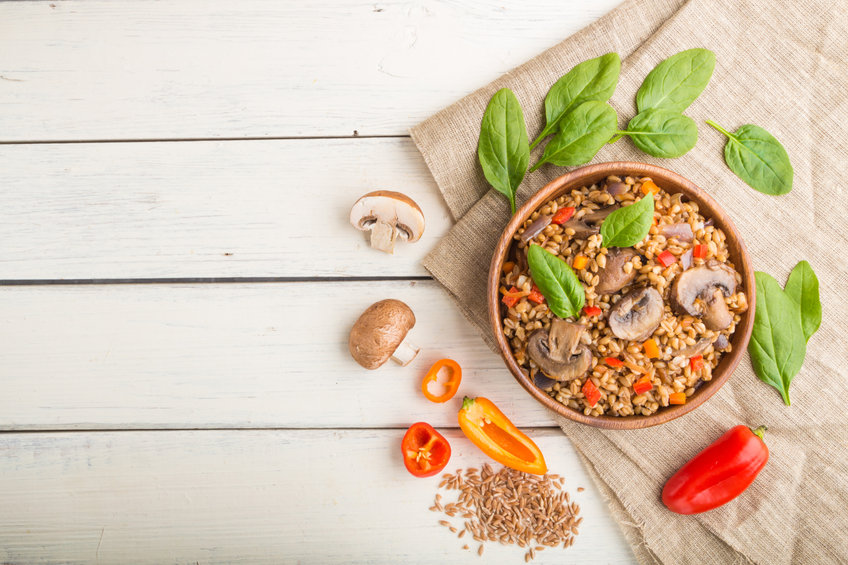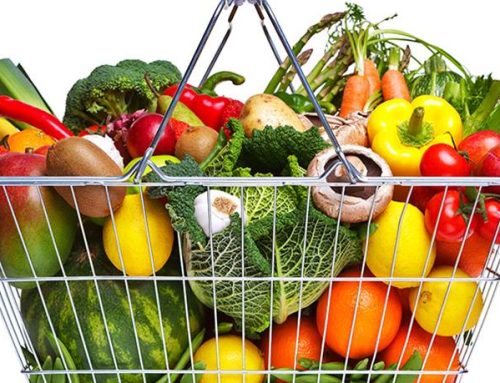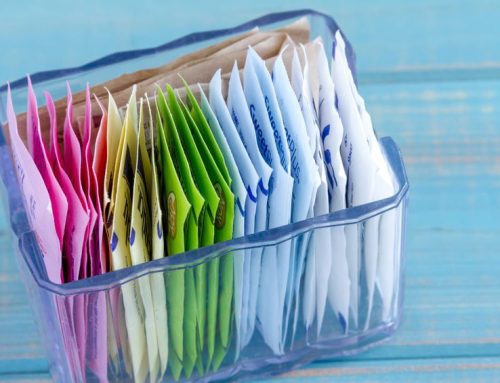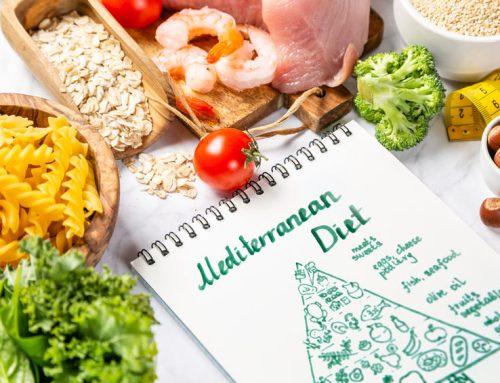People make mistakes when going vegan. While the number of Americans who have completely cut meat from their diet is still pretty low, a lot of people are making an effort to eat plant-based protein in place of at least some of the meat in their diet.
I was a vegetarian for 14 years and made a lot of mistakes. I ate mostly carbs, cheese and desserts. No animals in that diet! But healthy? Not so much.
Eating more plants is a great move for your health and the environment. But simply eating less meat doesn’t guarantee health benefits, says Dawn Jackson Blatner, RDN, author of The Flexitarian Diet: The Mostly Vegetarian Way to Lose Weight, Be Healthier, Prevent Disease, and Add Years to Your Life.
She cautions against these common mistakes people make when going meatless:
Mistakes When Going Vegan
What mistakes do people make when going vegan? Here are five common errors.
Mistake #1. Not replacing meat with other protein sources.
When you take something out of your diet, you take out the nutrients that food provided. Meat is a rich source of protein but also nutrients like iron and B vitamins. Blatner recommends including protein sources like beans and lentils, soy foods, nuts and nut butters, seeds and seed butters, and whole grains like oatmeal, quinoa, and sprouted grain breads.
Mistake #2. Too many processed faux meats.
There are more choices than ever for plant-based burgers, sausage, and ground “meat,” and they seem like a no-brainer good choice. But faux meats also tend to be heavily processed, says Blatner, who adds, “more heavily processed foods like faux meats also contain ingredients that offer zero nutrition such as binders, preservatives, and coloring.” (Read more about this in my post: Are Meat Alternatives Really Healthier?)
Mistake #3. Too much cheese.
Cheese is an easy way to get meat-free protein, but too much can end up adding a lot of saturated animal fat in your diet. Blatner recommends getting most of your protein from plant-based sources and using smaller amounts of cheese to give flavor, then swapping in things like hummus, guacamole, and nut-based sauces made from cashews for the cheese in some dishes.
Mistake #4. Too many “beige carbs.”
Take a look at your plate before you eat. Is most everything tan or beige? “Color is an easy and reliable marker of a healthy meal,” Blatner says. “More colors mean more phytochemicals or protective plant compounds you are getting.” Make sure your meals include plenty of colorful fruits and vegetables. And when you do eat “beige carbs,” like pasta, bread, and wraps, opt for the whole-grain version to get more fiber and nutrients.
Mistake #5. Not enough vegetables.
The point of eating more plant-based is to eat more plants! But that doesn’t always happen. Blatner has a few tricks to help make it work:
• Create a green base: “No matter what you are eating, throw a handful of greens onto your plate/bowl & then top with your meal. Works for everything from lasagna to pasta to leftovers.”
• Do a 50-50 mix. When you eat pasta or rice, sub in half zucchini noodles, butternut squash noodles, carrot noodles, spaghetti squash, cauliflower rice, broccoli rice, or other riced veggies.
• Add coleslaw. Buy a pre-made coleslaw mix (typically shredded red and green cabbage plus carrots) and then throw it into any salad, stir-fry, or wrap to get an extra dose of veggies.
Click here to read more about mistakes when going vegan.






